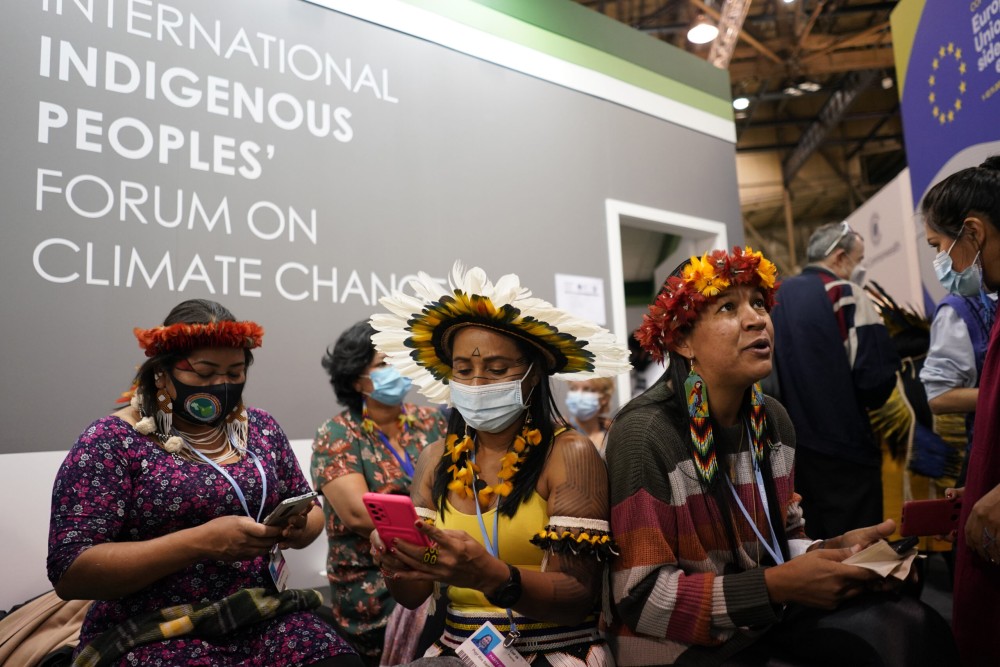COP26 event urges religious, indigenous partnership

As world leaders gathered for the United Nations Climate Change Conference, or COP26, leaders of the world’s religions wanted to make sure the voices of indigenous peoples weren’t lost in the crowd.
The climate crisis cannot be solved without recognizing the rights and spiritualities of indigenous peoples, said religious leaders who gathered on November 3 for an official COP26 side event streamed online.
“They go together: We protect our lungs. We protect indigenous peoples,” said Azza Karam, secretary general of Religions for Peace.





